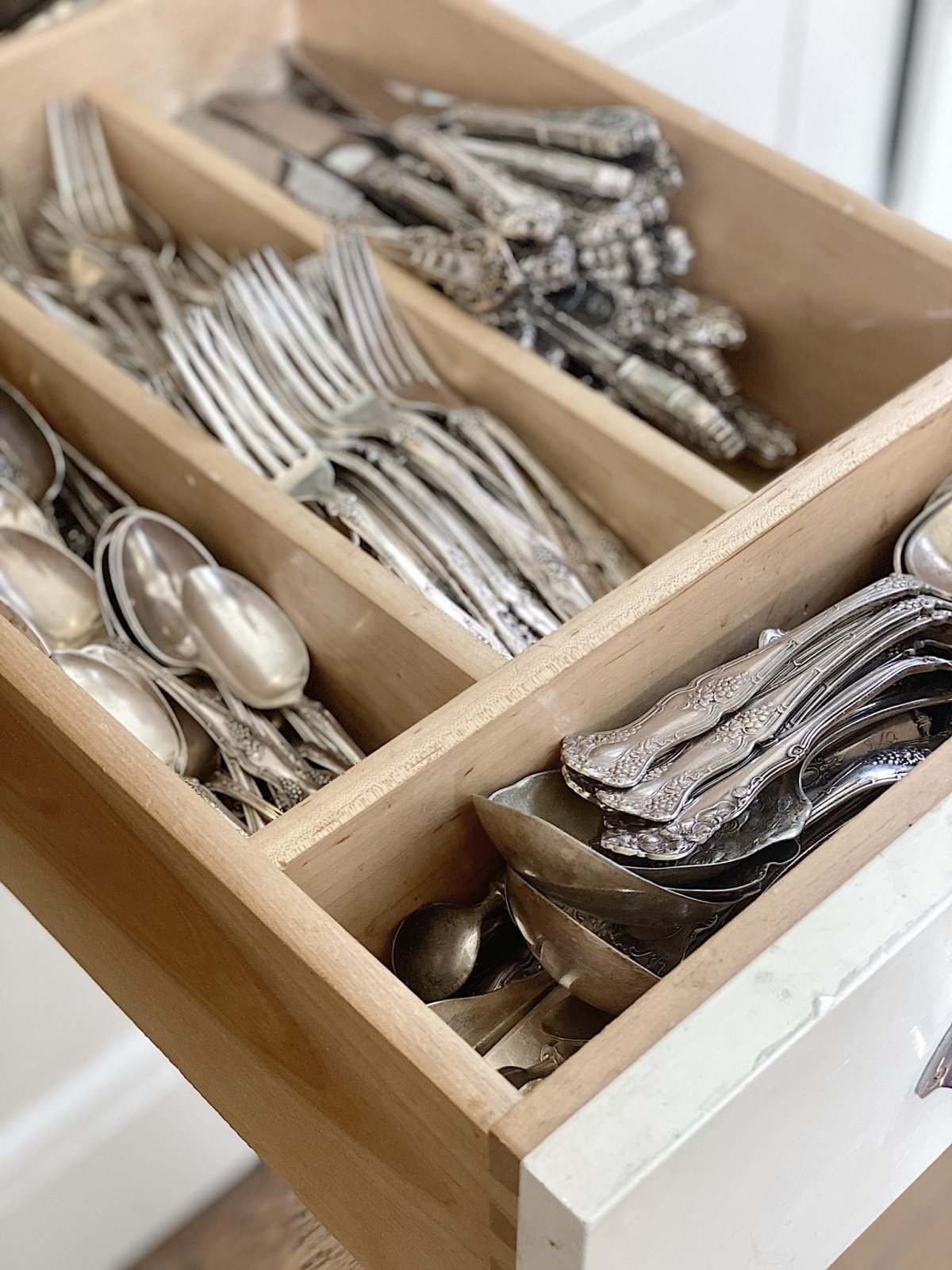
Stainless steel cutlery is a staple in kitchens worldwide, appreciated for its durability, aesthetic appeal, and ease of maintenance. In this article, we'll explore the meticulous process of making stainless steel cutlery, focusing on material selection, precision craftsmanship, and the characteristics that define high-quality stainless steel. Dive into the fascinating world of cutlery production with insights from China's leading stainless steel wholesalers.
The journey of crafting exceptional stainless steel cutlery begins with the selection of the right material. Stainless steel, an alloy composed primarily of iron, chromium, and nickel, is the material of choice due to its corrosion resistance and strength. The most commonly used grade for cutlery is 18/10 stainless steel, which contains 18% chromium and 10% nickel. This composition offers optimal corrosion resistance and a bright luster, making it ideal for both casual dining and elegant dinner settings.
The production process of stainless steel cutlery involves several meticulous steps:
Forging and Rolling: The stainless steel alloy is first heated and then forged or rolled into the basic shape of the cutlery. This process aligns the metal's grain, enhancing its strength and durability.
Cutting and Shaping: Using high-precision machinery, the basic form is cut and shaped to resemble a fork, knife, or spoon. Special attention is given to the ergonomics of the handle and the functionality of the eating surface.
Heat Treatment: The shaped cutlery is heat-treated to harden the steel, which improves its toughness and cutting performance, especially for knives.
Polishing: Each piece undergoes several stages of polishing. Initial rough polishing removes any imperfections, and subsequent fine polishing provides the distinctive shine associated with high-quality stainless steel cutlery.
After polishing, the cutlery may receive decorative finishes or texturing to enhance its appearance and grip. Laser etching is also used for logos or decorative designs. Rigorous quality control processes are essential throughout the manufacturing process. Each batch is tested for durability, corrosion resistance, and safety to ensure that the cutlery meets the strict standards expected by consumers worldwide.
High-quality stainless steel cutlery is defined by:
Corrosion Resistance: Superior grades of stainless steel like 18/10 are highly resistant to rust and tarnish.
Durability: The cutlery should withstand daily use, including frequent washing and handling without bending or deforming.
Aesthetic Appeal: A high luster finish not only looks appealing but also indicates a well-executed polishing process.
Safety: Edges and points are crafted to perform their function safely and effectively.
In conclusion, the art of creating stainless steel cutlery combines advanced metallurgical processes with fine craftsmanship. China's stainless steel wholesalers are at the forefront of this industry, offering products that meet global standards for quality and performance. When choosing stainless steel cutlery, consider not only the grade of the material but also the expertise behind its manufacture to ensure you receive the best products available.